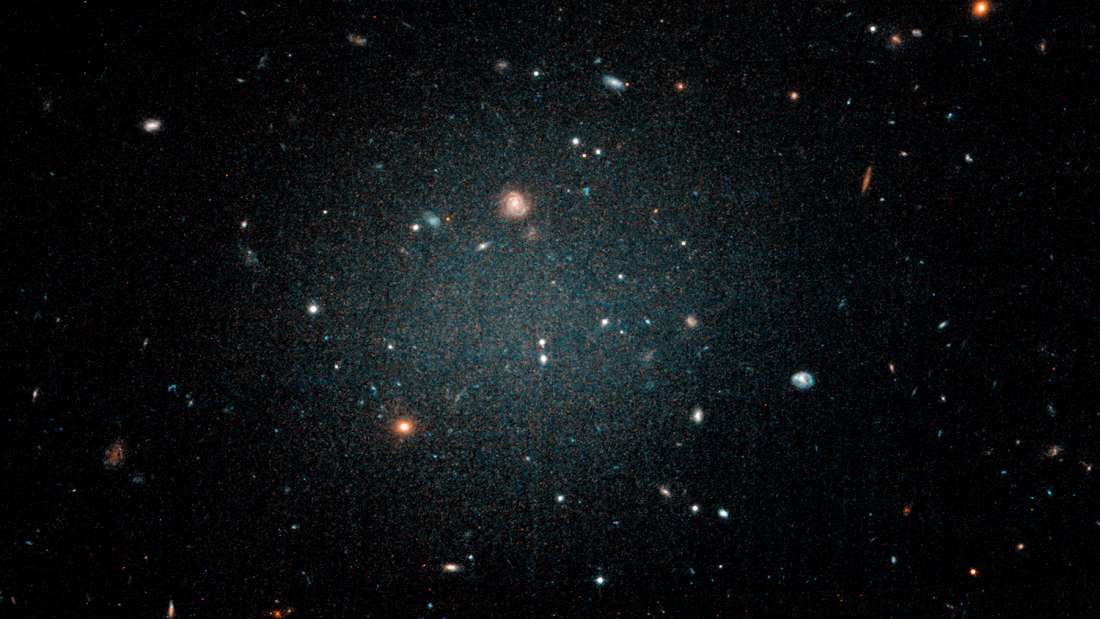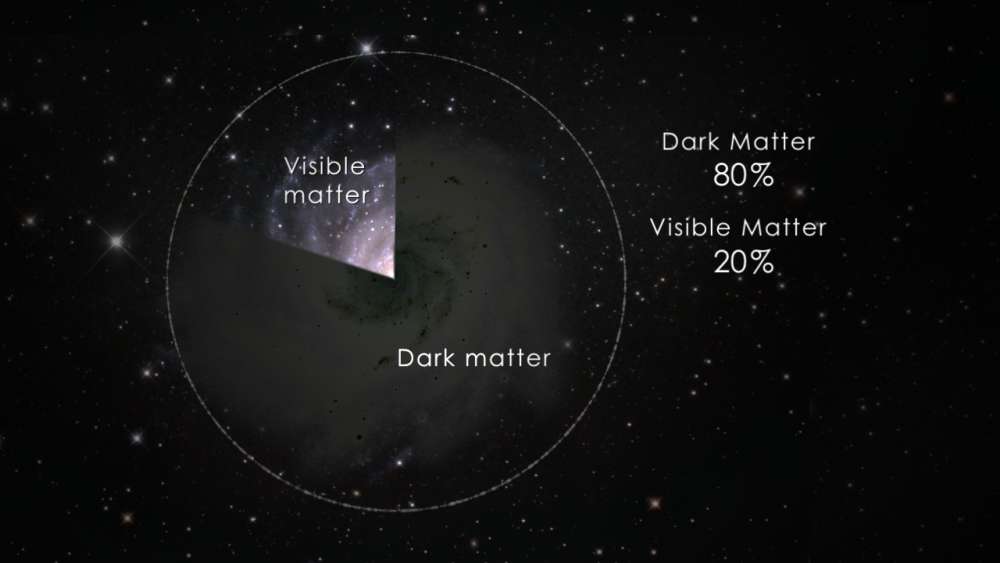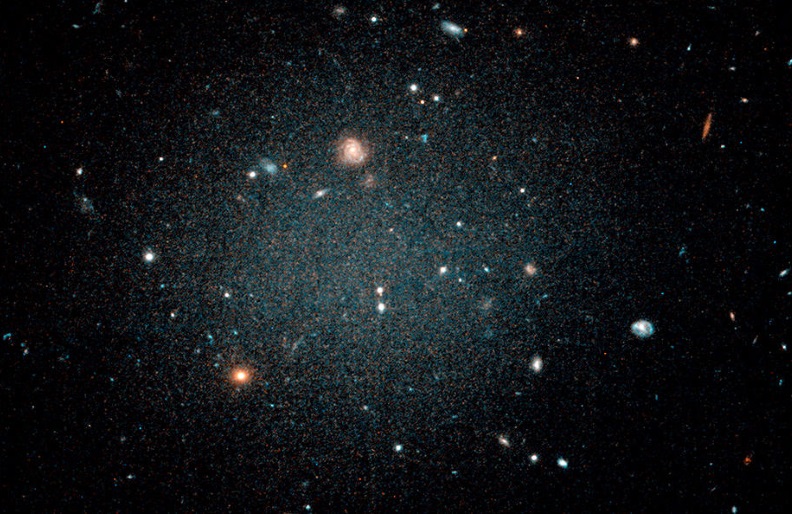For the first time ever, an international team of astronomers has discovered a galaxy lacking dark matter, the hypothetical and mysterious substance that’s expected to outweigh regular matter – which makes us and everything we can see in the universe – five to one. The discovery, published in Nature, is monumental. Dark matter is currently the best explanation for how galaxies are distributed in the universe and how they behave. Finding a galaxy with no dark matter challenges this assumption. We thought that all galaxies formed inside dark matter blobs, or halos, but it seems there is at least one exception to the rule.

“It tells us something about dark matter that we didn’t know, namely that it is separable from galaxies,” Professor Pieter van Dokkum from Yale University told IFLScience. “Wherever we saw a galaxy before, we also saw dark matter. This suggested a direct coupling of where the dark matter is and where the galaxies are. The whole scaffolding upon which the structure in the universe is built is essentially dark matter. The galaxies are the froth that floats on this sea of dark matter.”
The object, known as NGC1052-DF2, was first recognized as a peculiar galaxy using the Dragonfly Telephoto Array, a groundbreaking instrument dedicated to searching for particularly faint objects. The team used 10 bright star clusters to work out its mass distribution and discovered that the mass of the galaxy was essentially the same as the mass of the stars in the galaxy.
The team followed up these observations with the Hubble Space Telescope which showed them a stunning object, an almost ghost-like galaxy. They also discovered that although DF2 is roughly the same size as the Milky Way (about 100,000 light-years across) it has 200 times fewer stars than our own galaxy. Estimates suggest that there should be 400 times more dark matter in DF2.
“Finding a galaxy without dark matter raises questions. Why is this? Is it because dark matter clumps in a different way than we thought in the early universe? Is it because we don’t really understand how dark matter behaves for these low-mass galaxies? Or is this just some weird object that formed in a way that is incredibly rare? We don’t know the answers yet. We don’t know how common this kind of galaxy is,” Professor van Dokkum explained.
“We have no good theory for how this particular object formed. People will have to make models on how to construct something like this that do not involve dark matter. The object is there. It’s calling out to us and saying ‘Hey! figure me out’. And that’s our job.”
While questions abound, we might also be getting some answers. Dark matter is the favorite theory to explain the universe but it is far from unique. There have been several proposals, some very rigorous, and some less so, suggesting that what we see as the effect of dark matter is actually the result of something missing from our gravitational models. These models claim that the laws of gravity might be different when applied to larger distances than we cannot calculate on Earth. Finding this galaxy is a terrible blow to those approaches.
“According to those kinds of models, this fake dark matter signature is because it’s part of the law of gravity,” Professor van Dokkum told us. “It is something that every galaxy should have. So even finding a single object that doesn’t have it is a huge problem for those models. Because it shows that the anomalies we see in other galaxies they indicate the presence of dark matter. Paradoxically, the fact we don’t detect dark matter in this galaxy is what shows that it’s real. It is a substance.”

The proportion of dark to regular matter in the universe. Some dark matter-rich galaxies have 400 times more dark matter than regular matter. NASA/ Wu, Hahn, Wechsler/ Abel, Kaehler (KIPAC)
The next step is to find out more about this object and determine whether it’s a unique galaxy or one that’s been missed due to its faintness.
“I think now, the hunt is on to see if this is a unique object or if there are more like it,” Professor van Dokkum pointed out. “We do even have some candidates among the small number of galaxies that we have observed. And then we’ll search in a larger area and I’m sure that other people will pick up this research area too, just to see how common these objects are.”
The researchers currently have 23 candidate objects seen by the Dragonfly telescope, and observations with Hubble suggest that some look like DF2. They are now trying to measure how things move in those galaxies to see if they lack dark matter as well. They hope to have some findings by the fall.
The hunt for dark matter is picking up speed. From complex detectors to new tech to these kinds of observations, we might be on the verge of finally uncovering the mysterious substance’s true nature.

